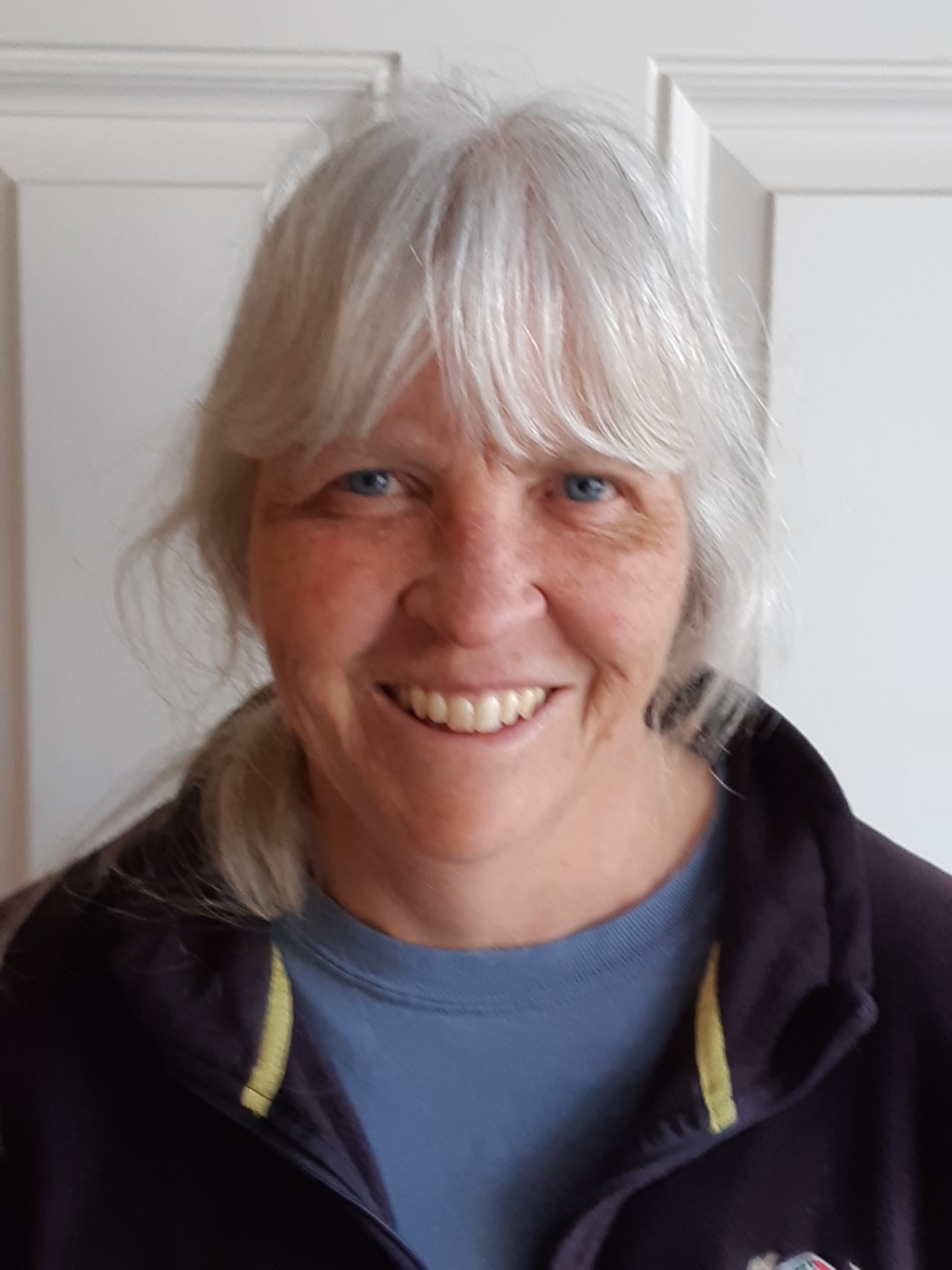They updated the sign. “Next Fuel and Food, 225 km,” it reads. It used to be 175 km, until the gas station burned down. Either way, it is a long stretch of nothingness. Or so you might think at first glance. Yet as I drive, it is not “nothing” I see, but rather a landscape with a story to tell, many stories in fact.
Traffic is sparse and I feel camaraderie with the other drivers. We are strangers united in the vastness. I wave when they pass me, wondering what waits for them at the end of their journey. They smile in return. Occasionally, there are lonely side roads, breaking through the trees into a mysterious unknown. They lead to logging areas, to mineral exploration sites, to rock quarries. They scar the land, these roads, but they represent the lifeblood of the north, the work that brings vitality and promise.
A trio of transmission lines march beside me, twisting and turning in harmony with the highway, carrying the power of northern rivers to the people of the south. Down the road I will see osprey nests resting on the hydro poles. For decades the big raptors have returned each year to raise their young, watching from their stick and mud homes as traffic whizzes by.
I drive past the places where fire has ravaged the forest. New trees have struggled for 30 years to eke out a life, drawing enough strength from the long summer days to sustain them through the bitter winter, pushing themselves to an unremarkable height of about 20 feet. In a more recent burn area, from 15 years ago, the young trees are waist-high.
The animals who call the forest home are hiding today, allowing me to see only tracks running across the snow-filled ditches, rabbits probably, or perhaps squirrels. Ravens perch on the windrows, pecking at the garbage careless travellers have tossed out the window, or at the remains of unfortunate creatures who were unable to avoid passing vehicles.
Not so long ago, a section of the highway traversed the outside of a hill. Rounding the corner, a driver could look out on hundreds of square miles of boreal forest – thousands, millions, billions of trees. It made my heart sing. I wonder if it was the distraction of the stunning panorama that caused so many accidents. Construction workers blasted through the limestone hill to build the safer road that I travel on now.
Gloomy grey clouds that have shrouded me all day give way to brilliant sunshine sparkling on the frost-laden trees. I pass the burned-out gas station, the pumps still standing in the lot, wondering why no one visits them any longer. I don’t stop at the next available fuel and food depot. I have enough of both to take me to the end of my road, to take me home.
Yvonne Kyle was born in Thompson just three days before the official opening of the mine and lived in the Riverside area until she graduated from R.D. Parker Collegiate. In recent years, work and pleasure both have brought her back to the north many times.




